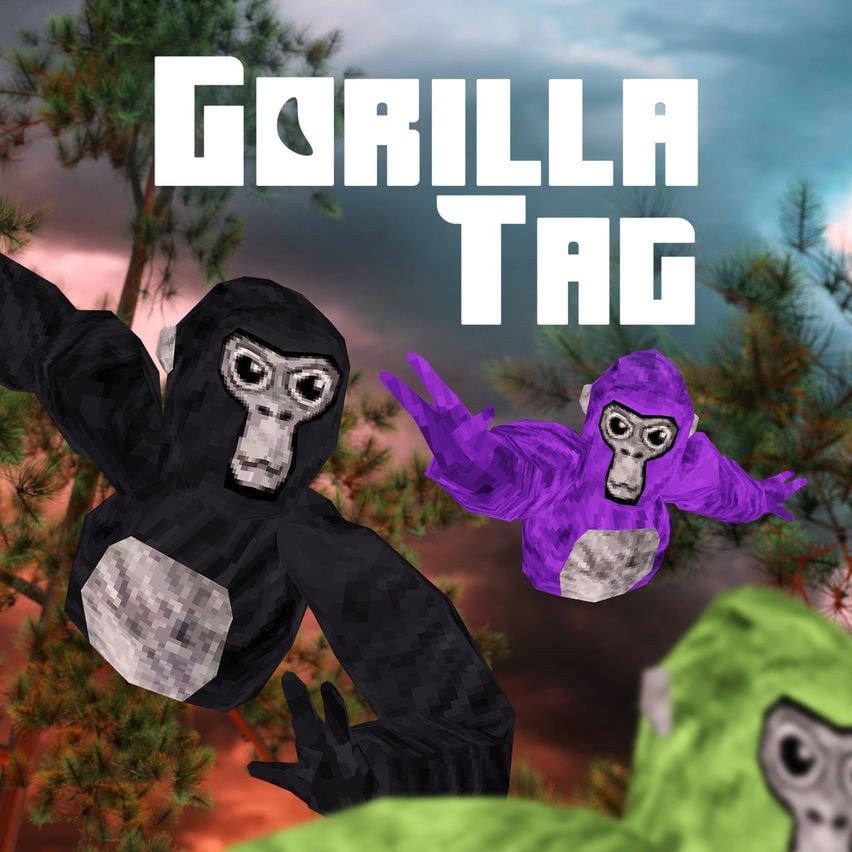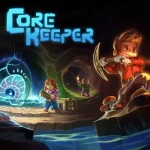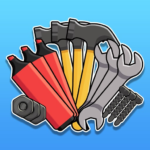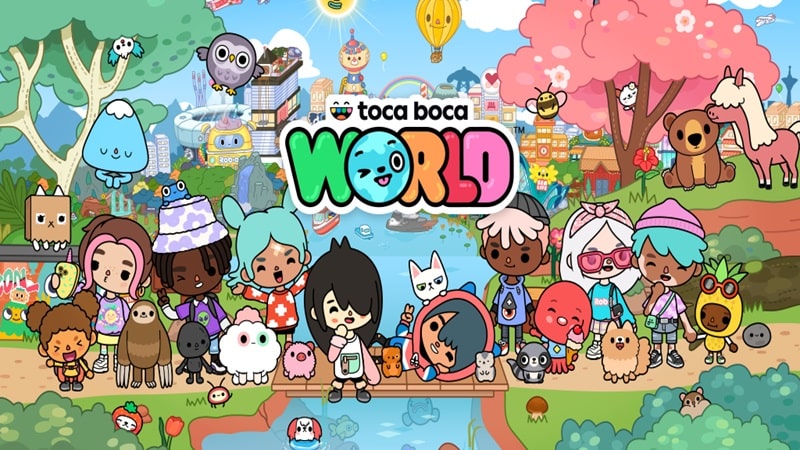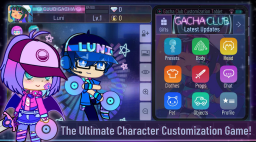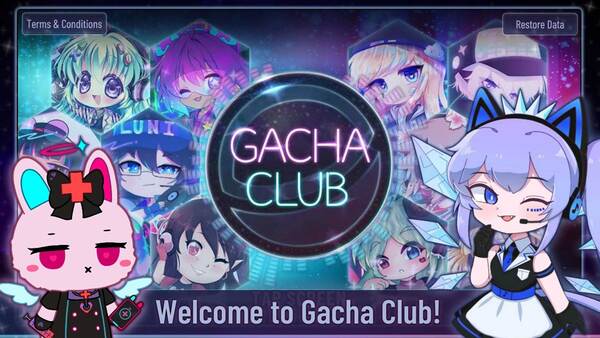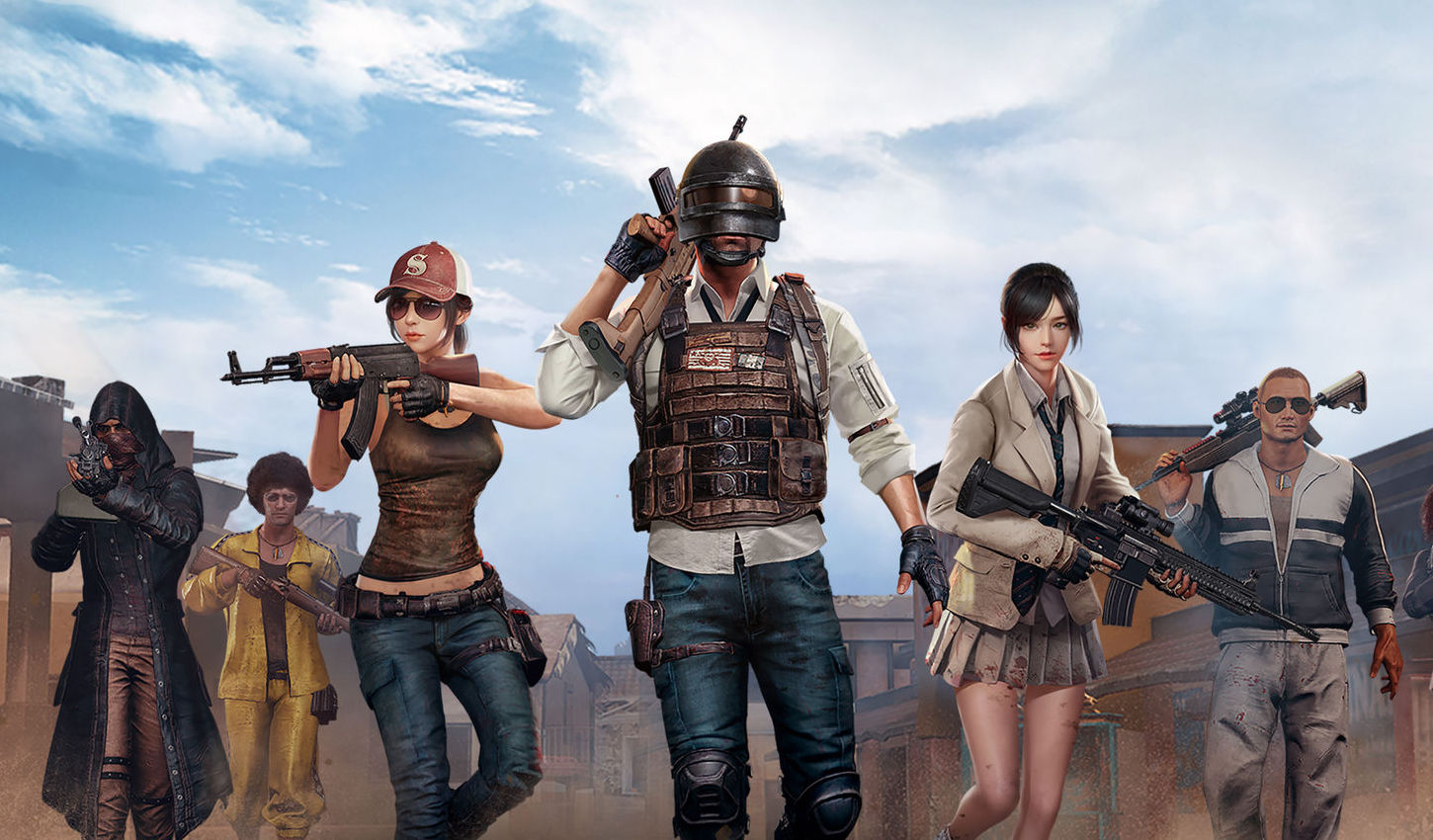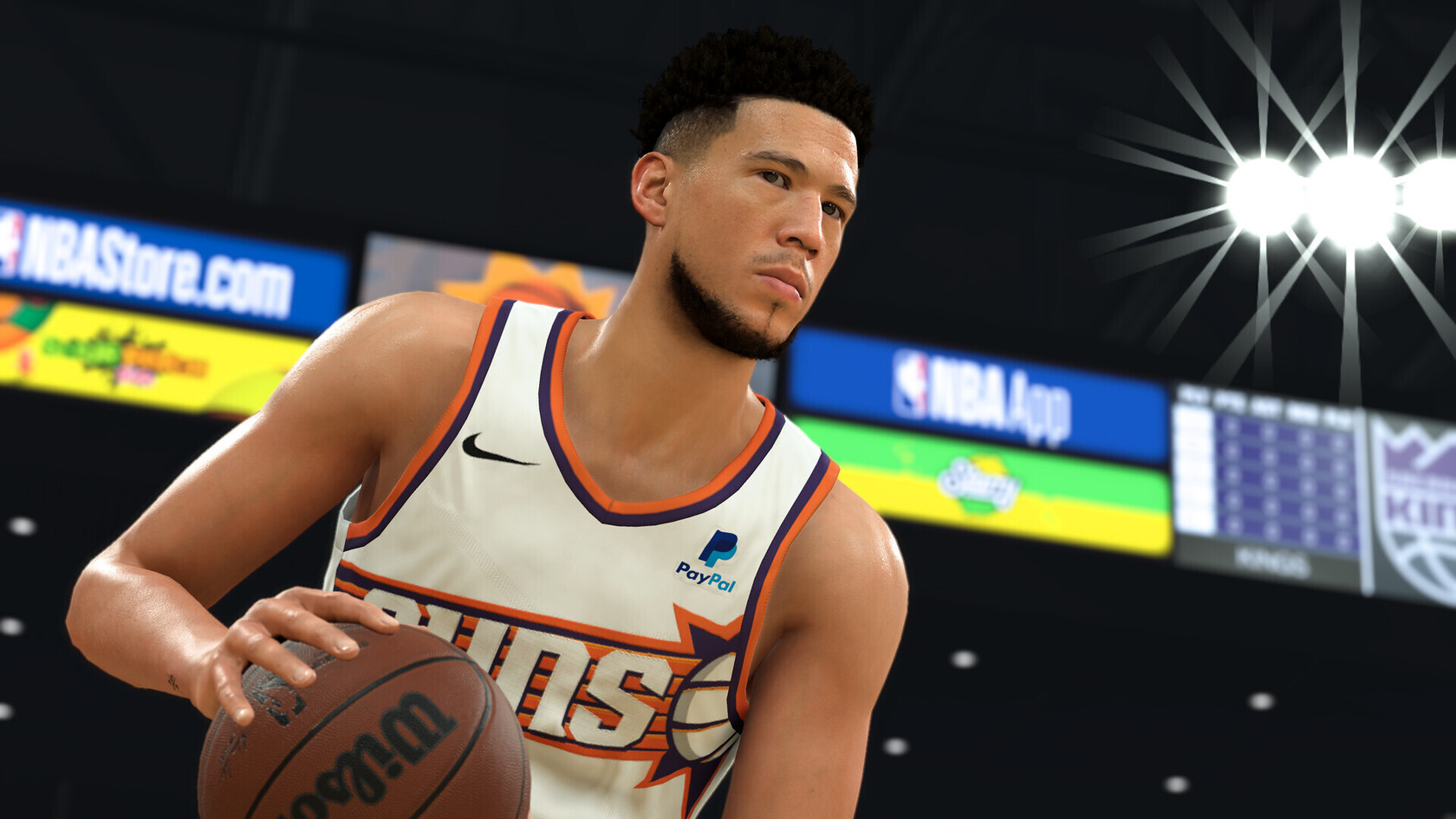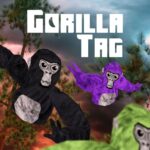Gorilla tag game introduction
Gorilla Tag is more than just a VR game—it’s a revolution in how we experience movement in virtual spaces. Developed by indie creator Kerestell "LemmingVR" Smith, this free-to-play title abandons traditional locomotion mechanics in favor of a truly physical, intuitive movement system. Instead of joysticks or teleportation, you swing, climb, and leap using only your arms, mimicking the natural movement of a gorilla.
As a result, Gorilla Tag has quickly gained a massive following, offering both newcomers and seasoned VR users a one-of-a-kind gameplay experience.
From Experimental Project to VR Phenomenon
Initially, Gorilla Tag was released in early 2021 as a small experimental title on Steam and Oculus. With just a few maps, simple visuals, and no monetization system, it didn’t seem like a game that would explode in popularity.
However, its raw and unique movement mechanics instantly resonated with players. The simplicity of its design—combined with the novelty of full-body locomotion—created an unexpectedly deep experience. Consequently, a passionate community formed, driving the game’s evolution far beyond its original scope.
Core Gameplay: Physical, Fast, and Fun
At its heart, Gorilla Tag is all about physical movement. Players move by using their arms to push off the ground, swing from objects, and climb walls—creating an experience that’s immersive, exhausting, and incredibly fun.
Moreover, this physicality introduces a steep but rewarding learning curve. While beginners may find themselves clumsily scrambling up trees, experienced players develop fluid parkour-like motion that feels instinctive and satisfying.
Over time, players begin to master techniques such as wall running, vertical scaling, and escape maneuvers—skills that make Gorilla Tag both a workout and a thrill.
Diverse Maps, Constant Exploration
Gorilla Tag now features a variety of maps, each designed to challenge players in different ways. These include:
-
Forest – The iconic starter map with trees and open spaces
-
Canyon – A vertical environment filled with ropes and rock formations
-
City – A bustling hub with mini-games, buildings, and a cosmetics shop
-
Mountains – A snowy landscape with icy slides and fast-paced movement
-
Basement – A dungeon-like maze inspired by classic RPGs
In addition, the developers frequently introduce seasonal decorations, secret areas, and environmental changes that keep exploration exciting. Because of this, no two sessions ever feel exactly the same.
Multiplayer Chaos and Community Vibes
Gorilla Tag shines brightest in its multiplayer modes. Players can join public lobbies filled with chaotic energy or create private rooms for more focused, rule-based games.
Notably, the game uses proximity-based voice chat, meaning you can only hear other players when you’re physically close to them. This adds to the immersion and encourages natural, social interaction.
Furthermore, private lobbies and room codes allow players to organize events, film content, or just hang out in custom groups. The flexibility of multiplayer is one of the game's strongest aspects.
Cosmetics Without Pay-to-Win Pressure
Though free to play, Gorilla Tag includes an in-game shop where players can buy cosmetic items using “shiny rocks.” These cosmetics range from hats and glasses to seasonal outfits and themed packs.
Importantly, all of these items are purely aesthetic. Unlike many modern games, Gorilla Tag avoids pay-to-win mechanics, maintaining fair gameplay for all users.
Beyond gameplay, customization has become a form of self-expression. Players enjoy changing their appearance to match the season, an event, or simply their mood.
Accessible Yet Demanding
One of Gorilla Tag’s greatest strengths is its accessibility. The game is available on:
-
Meta Quest (standalone)
-
SteamVR for PCVR headsets
-
SideQuest (for experimental versions)
Unlike many VR games that require expensive setups, Gorilla Tag runs smoothly even on standalone hardware. As a result, it welcomes a wide range of players—from casual users to VR enthusiasts.
That being said, the game is physically demanding. Some players may find the constant arm movement tiring, especially during long sessions. Nevertheless, many embrace this as a fun way to exercise while gaming.
Frequent Updates and Expanding Mod Support
The development team at Another Axiom consistently rolls out new content, bug fixes, and anti-cheat improvements. Over time, players have seen major updates, including new game modes, environments, and cosmetics.
On top of that, PC players can enjoy community mods and custom maps, which add everything from paintball guns to brand-new environments. While these mods are not officially available on Quest, they’ve significantly extended the game’s replayability.
A Growing Player Base and Cultural Impact
Gorilla Tag has surpassed 1 million daily active users, a rare feat in VR gaming. Thanks to support from YouTubers, Twitch streamers, and word-of-mouth promotion, the game continues to grow rapidly.
Consequently, Gorilla Tag is now considered one of the most influential titles in the VR space—proving that indie games with clever design can compete with major studios.
Competitive Play and Game Mode Variety
Though it started as a casual experience, Gorilla Tag now offers Competitive Mode, where skilled players can match with others at their level.
In addition to the classic tag mode, the game features:
-
Infection – A fast-paced twist on tag
-
Hunt – Track and tag a specific player
-
Paintbrawl – A shooter-inspired mini-game with slingshots
Moreover, many lobbies host their own challenges like obstacle courses or mini tournaments, further enriching the gameplay experience.
Pros and Cons: What Stands Out?
✅ Pros:
-
Innovative and intuitive movement
-
Free-to-play with ethical monetization
-
Energetic and creative community
-
Continuous updates and support
-
Available on both standalone and PC VR
❌ Cons:
-
Physically exhausting for some players
-
Occasional toxicity in public lobbies
-
Lacks long-term progression systems
-
Limited mod access for Quest users
Despite these drawbacks, Gorilla Tag consistently receives glowing reviews from its community. Most players describe it as one of the most fun and unique experiences in VR today.
Looking Ahead: Gorilla Tag and the Future of VR
Gorilla Tag is more than a viral hit—it’s a template for the future of immersive game design. By focusing on movement, community, and creativity, it has redefined what’s possible in virtual reality.
Looking forward, fans are excited about:
-
Possible esports tournaments
-
Collaborations with popular IPs
-
Expanded mod tools for all platforms
-
Support for future VR hardware
Ultimately, Gorilla Tag’s continued success proves that innovation doesn’t always come from massive budgets—it can also come from bold ideas and strong communities.
